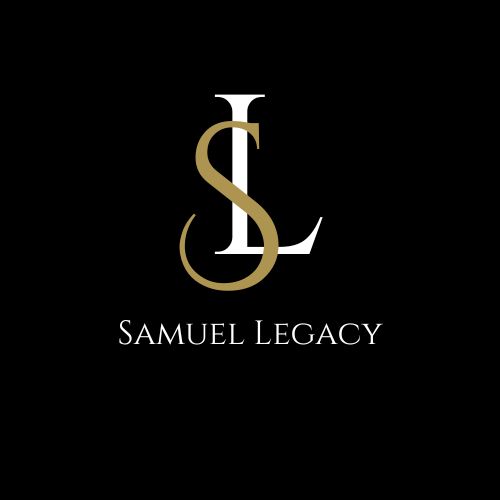The Ultimate Summer Camping Checklist | Printable PDF Camping Checklist
The best thing about camping is the lack of rules or ways to enjoy a good time. It’s worth it to have everything you need for a great camping experience if you want an unforgettable vacation. I have set this up to help you pack from start to finish. I will walk you through picking a camping spot to cleaning up and heading home. At the end I have a PDF camping checklist you can save to your cell phone or print it out. Let’s go!
Going Camping and Unsure What to Bring? Here is the Ultimate Packing List and 10 Step Guide on How to Plan a Camping Trip
Planning a camping trip involves several steps. Here’s a basic guide to help you plan your camping trip:
Step 1: Choose a destination:
Choosing a camping destination can be a fun and exciting process, but it can also be overwhelming if you’re not sure what to look for. Here are some tips to help you choose the perfect camping destination:
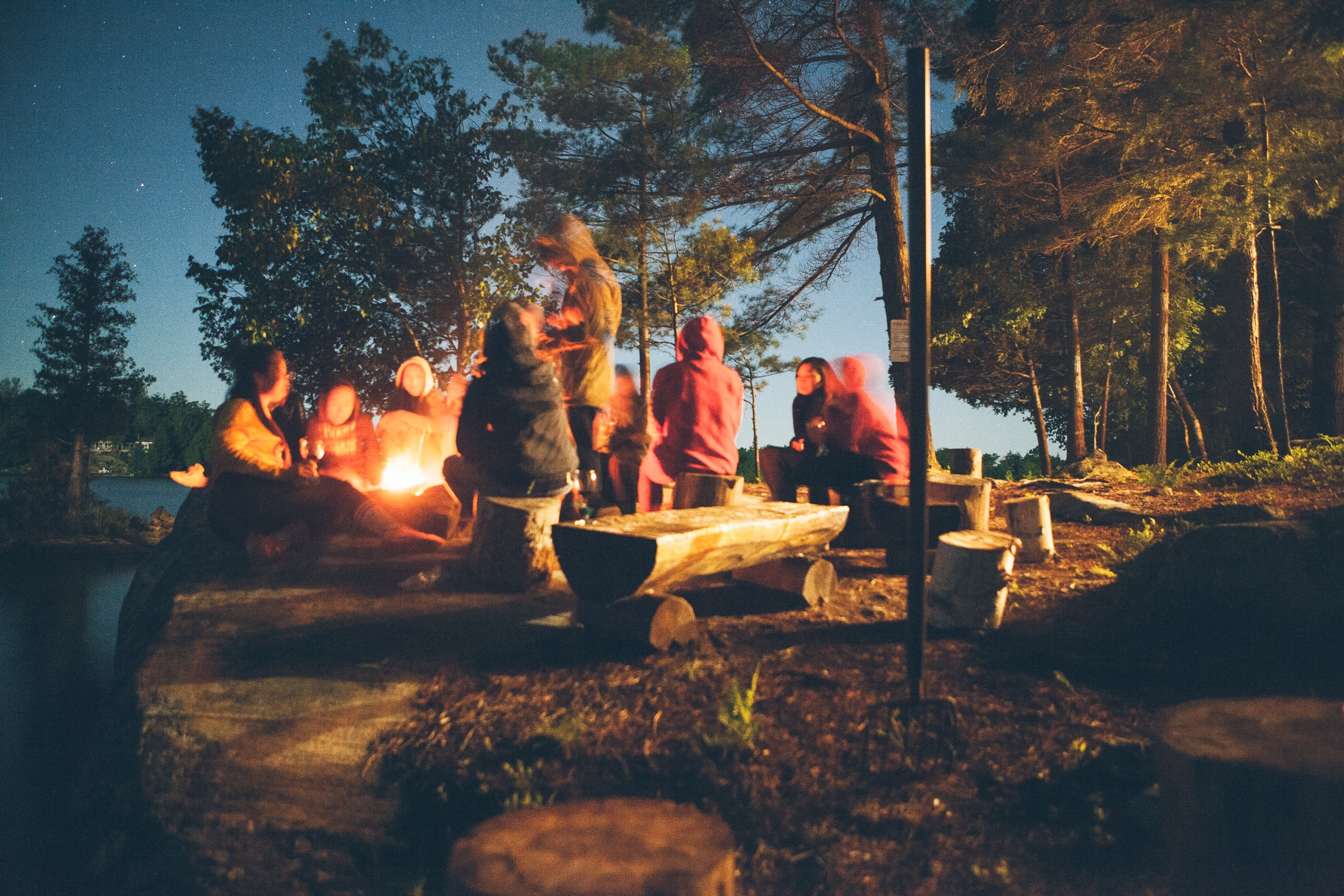
Decide what type of camping experience you want. Do you want to be in a remote wilderness area, or would you prefer a campsite with amenities like showers and electricity? Do you want to camp near a lake, a mountain, or a beach? Think about what type of camping experience will make you happy.
Consider the time of year you plan to go camping. Some destinations are better in the summer, while others are more suitable for the fall or winter. Make sure you check the weather and climate of the area you’re interested in to make sure it’s suitable for the time of year you want to go.
Research the area. Look for reviews and recommendations from other campers who have been to the area before. You can find these online or by talking to friends and family members who have gone on camping trips in the past.
Consider the level of difficulty. Some camping destinations require more physical exertion than others. Make sure you’re prepared for the level of difficulty of the destination you choose.
Check for permits and regulations. Some national parks and camping areas require permits, and there may be regulations you need to follow, such as fire restrictions or rules about where you can camp. Make sure you know the rules before you go.
Determine your budget. Some camping destinations are more expensive than others, so make sure you have a budget in mind before you start looking. Consider the cost of campsites, permits, food storage, running water, and any other outdoor gear that you might need to buy or rent.
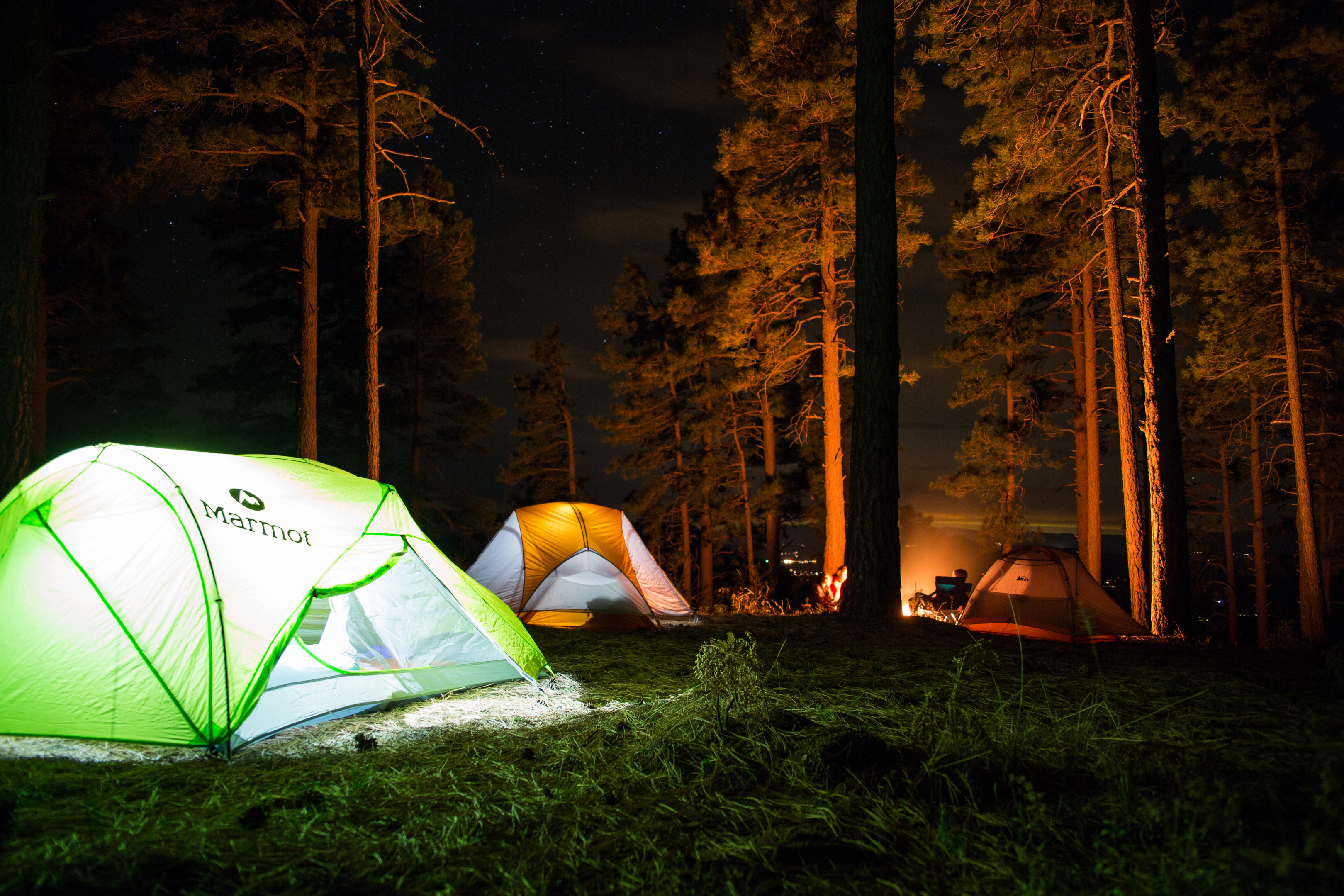
Step 2: Make reservations & Plan your activities:
Making a camping spot reservation is an important step when planning a camping trip. To start, you need to choose your camping destination and check the availability of the campground or park. Once you have selected a suitable site, you should choose a campsite that fits your needs and preferences, such as location, size, and amenities. Many campgrounds have maps or photos of their campsites available online to help you choose.
Next, you need to determine the dates of your stay and ensure that the campsite you want is available during those dates. Then, you can make a reservation by calling the reservation center by cell phone or by booking online through the campground’s website. You may need to provide personal information, such as your name, address, phone number, and payment information. Payment is required, usually by credit card or other accepted payment methods. Some campgrounds may require a deposit at the time of booking, while others may require full payment upfront.
Finally, you should confirm your reservation and check any cancellation or modification policies. It’s important to plan ahead and make a reservation as early as possible, especially during peak camping seasons when campgrounds may fill up quickly. Once your reservation is confirmed, you can then plan and prepare for your camping trip, including packing appropriate gear and supplies.
Plan activities you’d like to do while camping, such fun activities as hiking, swimming, fishing, or kayaking. Ensure you have all necessary equipment. Camping provides an excellent opportunity to enjoy the great outdoors and engage in a variety of activities. Here are some popular activities you can do while camping:
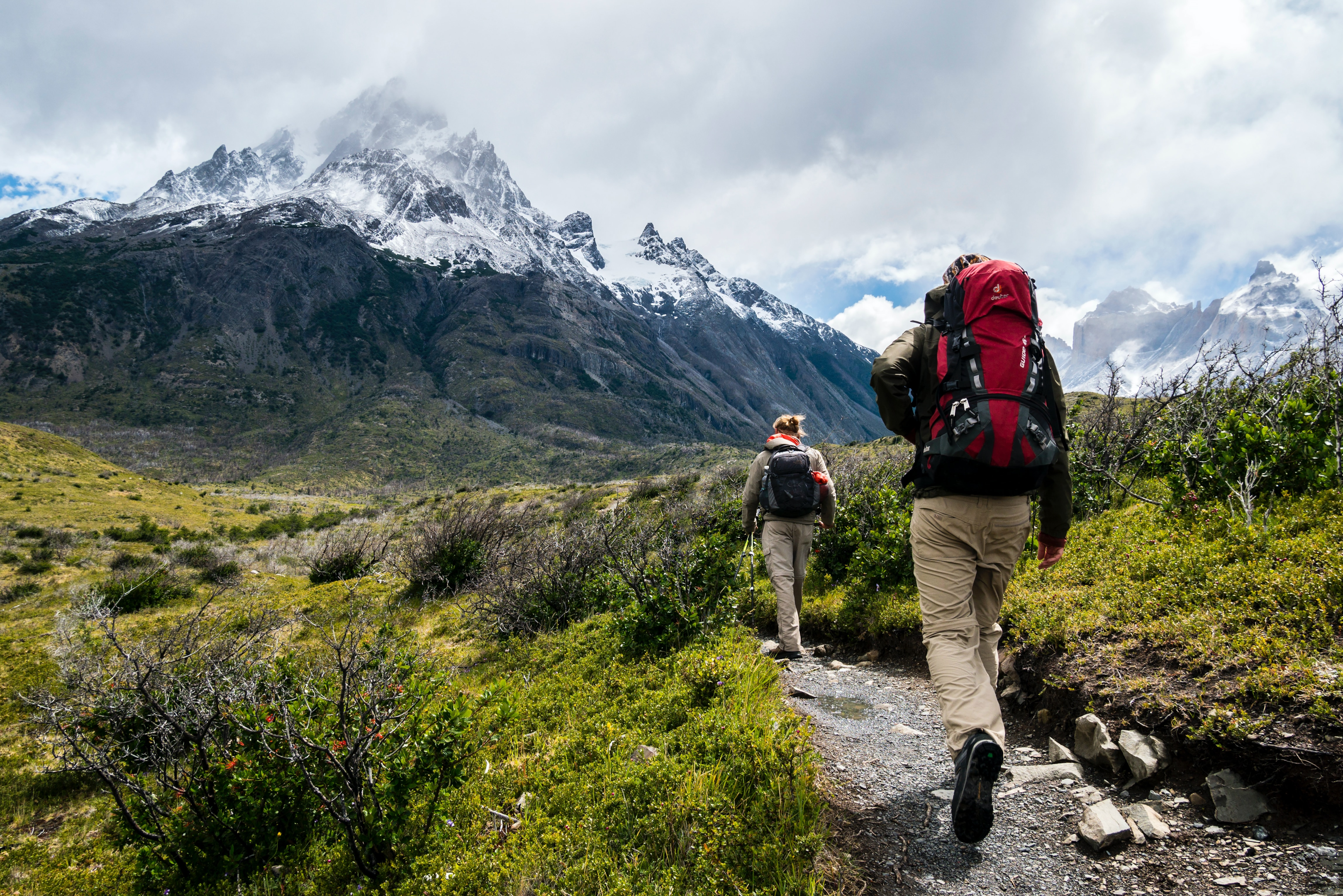
Hiking: Exploring trails on foot is a great way to take in the scenery and get some exercise.
Fishing: If you’re camping near a lake or river, fishing can be a relaxing and enjoyable activity.
Kayaking or canoeing: Paddling on a lake or river can be a fun way to spend an afternoon and get some exercise.
Swimming: If the weather is warm and you’re near a body of water, swimming is a refreshing way to cool off.
Campfire: Gathering around a campfire is a classic camping activity. You can cook food, tell stories, and enjoy the company of friends or family.
Wildlife watching: Camping often provides the opportunity to see wildlife, such as birds, deer, or even bears. Be sure to keep a safe distance and observe from a respectful distance.
Stargazing: Camping away from city lights provides an excellent opportunity to see the stars and constellations.
Outdoor games: Bringing games such as frisbee, soccer, or badminton can provide hours of fun and exercise.
Photography: Camping provides a great opportunity for photography, from landscapes to wildlife to portraits of fellow campers.
Relaxing: Perhaps the most important activity of all, camping can provide an escape from the stresses of daily life, allowing you to relax and enjoy nature.
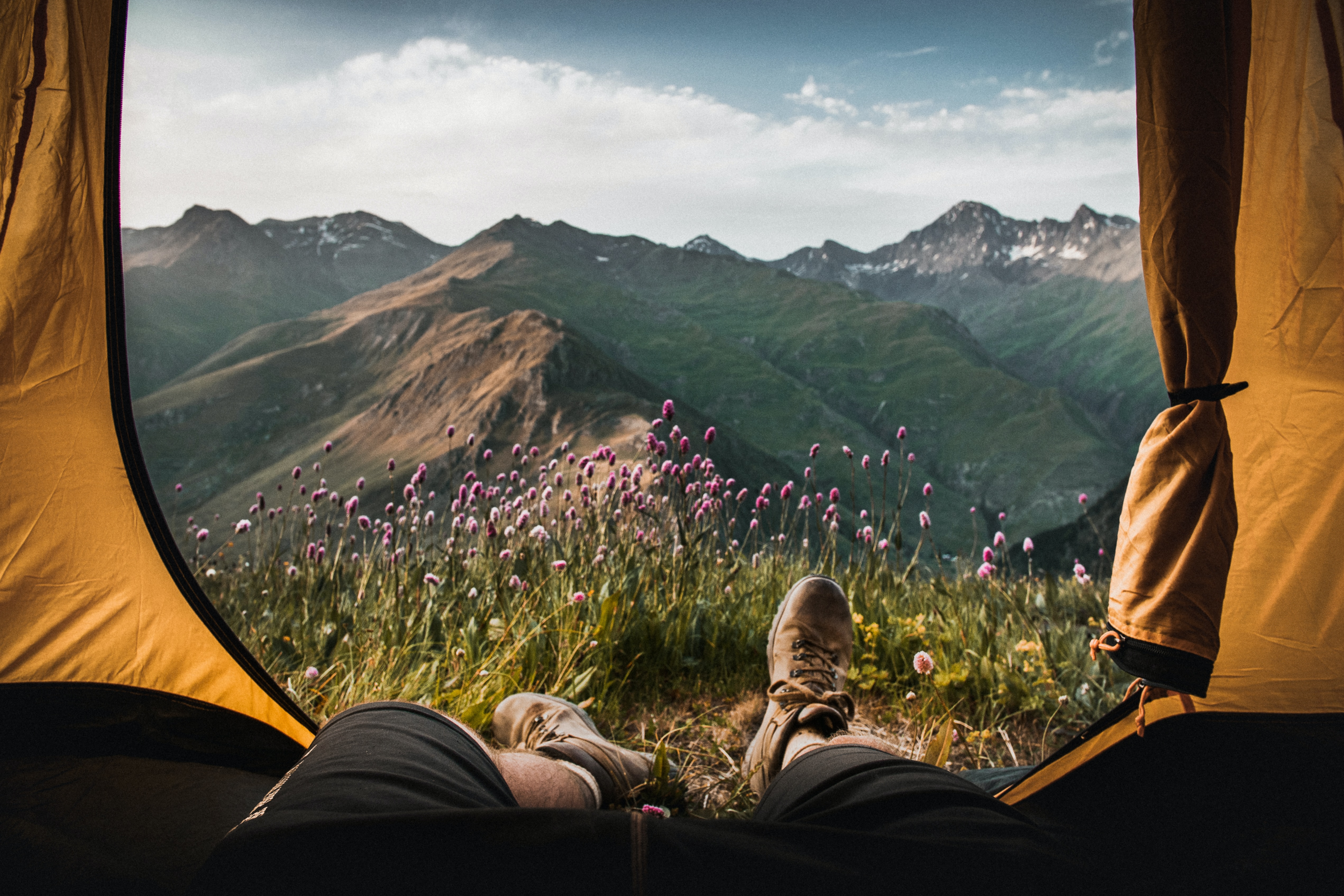
Step 3: Prepare your gear:
Make a list of essential gear you need to bring, including your tent, sleeping bag, camping stove, cooking utensils, and food. Ensure that your gear is clean and in good working condition. Here is our comprehensive camping packing list full of essential camping gear. You can download the PDF version of this best camping gear list here. We have linked to our favorite products and camping packing list so you can learn about each item and maybe purchase anything you are missing. You definitely do not have to purchase what we recommend this information is just here to help you.
Note: This list is for comfortable camping trips. If you are looking for a minimalist packing list then simply take out the items on this list that you think you could do without. If you are Car camping you’ll need all of these thinsg but the tent.
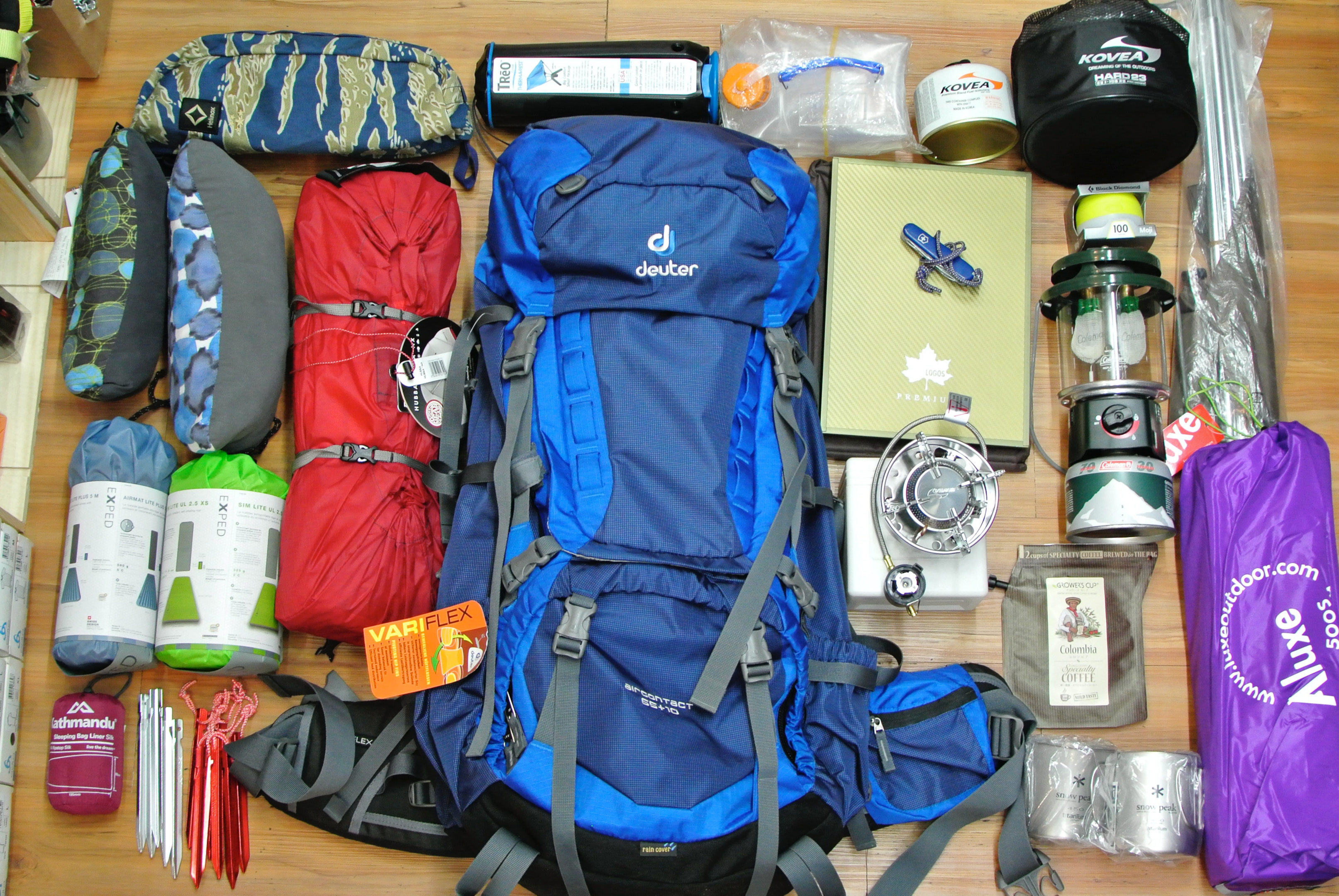
Essentials:
Summer Sleeping bag (or sheets and blankets if you go the air mattress route)
Sleeping pad or air mattressor Cot
Clothing:
Quick-dry t-shirts
Long-sleeve shirts
Fleece or sweater
Waterproof jacket or rain poncho
Hiking pants or shorts
Underwear
Socks
Sturdy hiking boots or shoes
Sandals or flip flops for around camp (are you even a camper without a pair of these)
Hat
Sunglasses
Cooking and Dining:
Fuel and Charcoal’s
Cookware (pots, pans, spatula, etc.)
Eating utensils (forks, knives, spoons)
Cups or mugs
Food (non-perishable items are best)
Water bottles or hydration system orWater Purification method
Paper towels or rags
Toilet Paper (Do not assume your campsite will have this)
Compass and Map
Personal Items:
Toothbrush and toothpaste
Biodegradable soap (Soap for hand washing, dishes, body &hair)
Towels and Rags
Medications (if needed)
Personal hygiene items(feminine products, etc.)
Headlamp or flashlight (with extra batteries)
Optional Gear:
Camp table or a table cloth if your camping site has a table
Fishing gear
Binoculars
Camera or smartphone with camera
Remember to pack camping essentials according to the climate you’ll be camping in, and consider the activities you’ll be doing while camping. Happy camping!
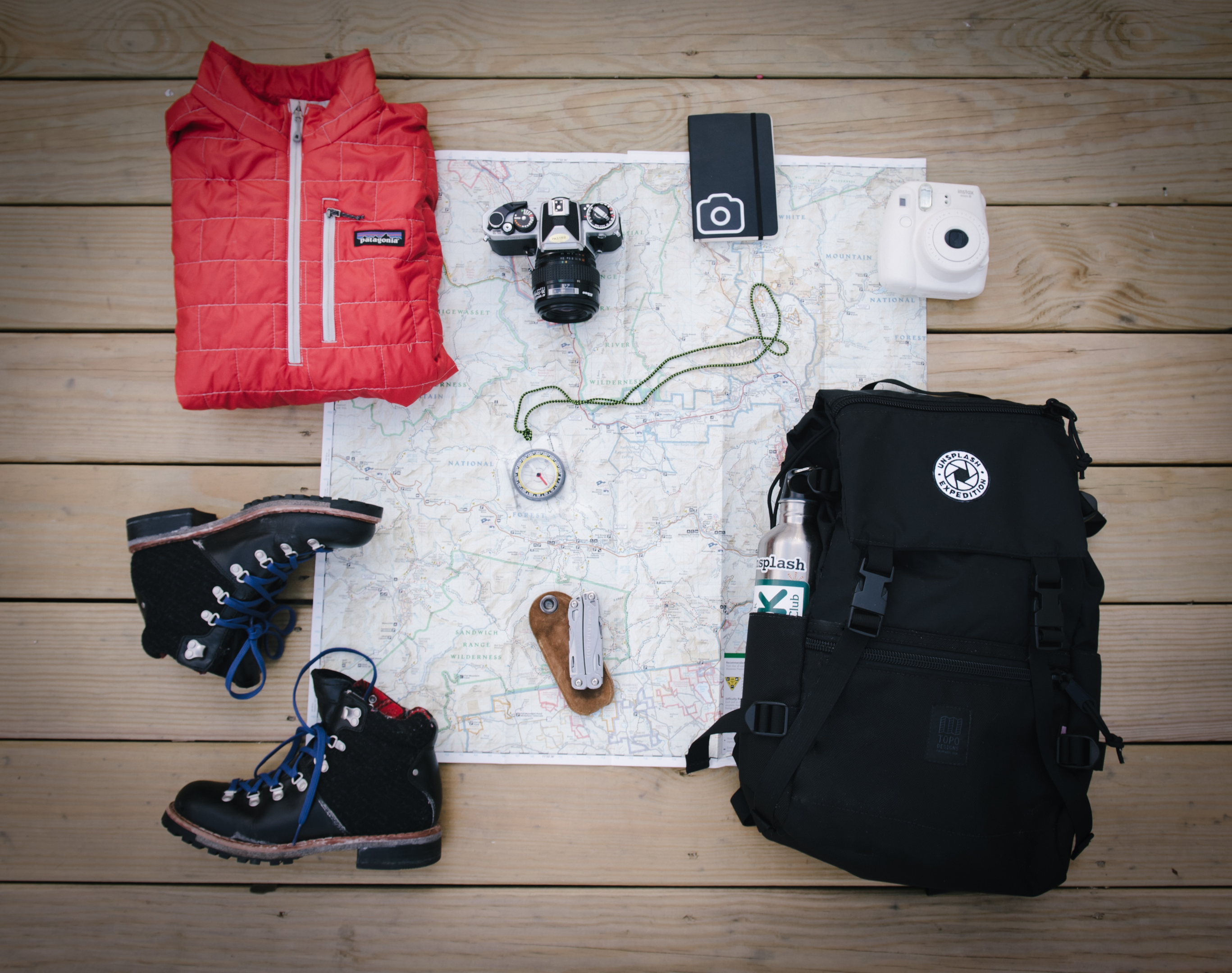
Step 4: Plan your meals:
Decide what you’ll eat during each night of your camping trip and plan accordingly. Consider easy-to-prepare meals following items that don’t require a lot of cooking time or equipment.
Camping offers a unique opportunity to enjoy delicious and hearty meals in the great outdoors. Here are 7 camping-friendly meals to consider for your next camping trip:
Campfire Skewers: These can be made with various meats, vegetables, and fruits. Simply skewer your favorite combination of ingredients and roast them over the campfire for a tasty and easy meal.
Foil Packet Meals: Foil packet meals are easy to prepare and cook over the campfire or on a camping stove. They typically consist of meat, vegetables, and seasonings wrapped in foil and cooked until everything is tender and flavorful.
Dutch Oven Recipes: Dutch ovens are versatile cooking tools that can be used to make a variety of delicious camping meals, such as stews, casseroles, and even baked goods.
Breakfast Burritos: These can be made ahead of time and reheated over the campfire or on a camping stove. They typically consist of scrambled eggs, cheese, and your choice of meats or vegetables, wrapped in a tortilla.
Grilled Sandwiches: Grilled sandwiches are a quick and easy camping meal that can be made with various types of bread, cheese, meats, and vegetables. Simply grill them on a camping stove or over the campfire for a delicious meal.
One-Pot Pasta: One-pot pasta meals are easy to prepare and cook over a camping stove. They typically consist of pasta, meat or vegetables, and a flavorful sauce, all cooked in a single pot for easy cleanup.
S’mores: No camping trip is complete without s’mores! All you need are graham crackers, marshmallows, and chocolate bars. Roast the marshmallows over the campfire and sandwich them between the graham crackers and chocolate for a delicious and classic camping dessert.
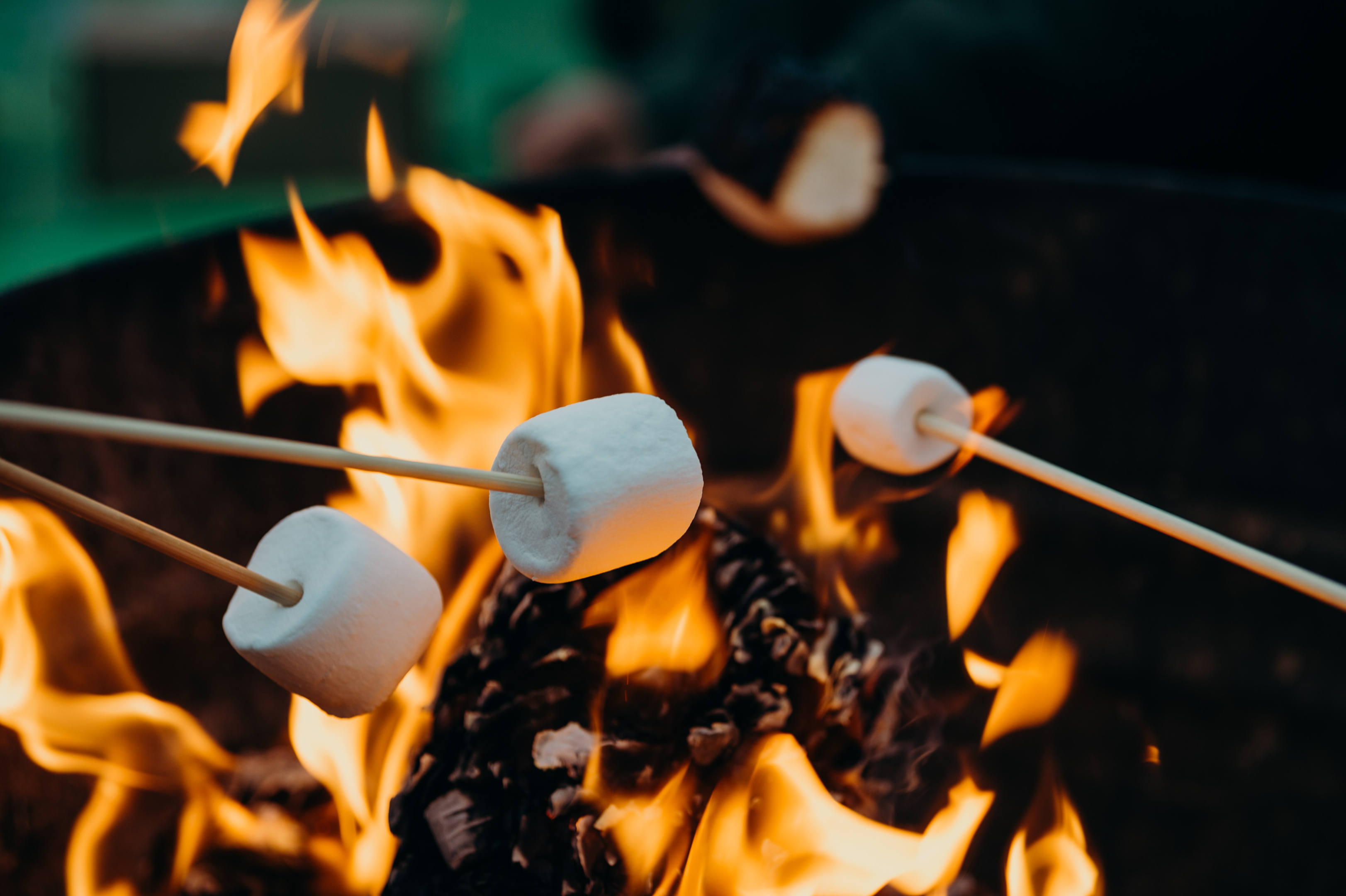
Camping can be an activity that requires lots of energy, so it’s essential to bring snacks to keep you fueled and satisfied. Here are 5 camping-friendly snacks to consider packing for your next camping trip:
Trail Mix: Trail mix is a classic camping snack that is easy to pack and carry. It typically consists of a mixture of nuts, dried fruits, and sometimes chocolate or other sweets.
Energy Bars: Energy bars are another convenient and portable camping snack. They come in a variety of flavors and are designed to provide a quick and satisfying energy boost.
Jerky: Jerky is a high-protein snack that is perfect for camping. It comes in a variety of flavors and can be made from beef, turkey, or even plant-based protein sources.
Fresh Fruit: Fresh fruit is a healthy and refreshing camping snack. Apples, bananas, and oranges are all easy to pack and carry, and they provide a good source of natural energy.
Roasted Nuts: Roasted nuts are a crunchy and satisfying snack that can be enjoyed on their own or mixed with other snacks. Almonds, cashews, and peanuts are all good options for camping.
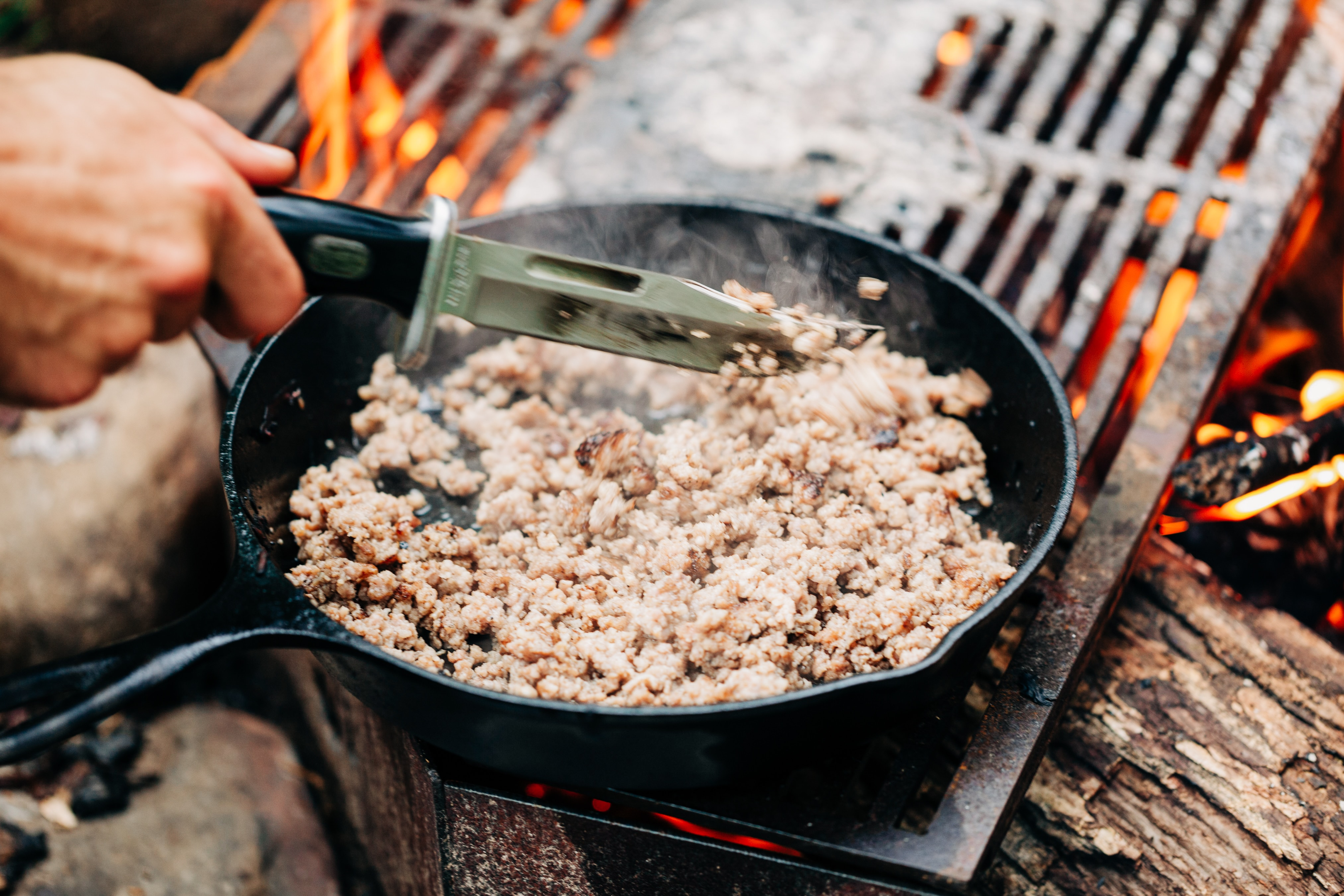
Step 5: Pack your gear:
Pack your camping gear according to your summer camping checklist above. Don’t forget to bring essential items like first aid kits, insect repellent, and sunscreen. Now is the time to pack the gear on our summer camping packing checklist above.
Step 6: Check the weather:
Check the weather forecast for the days you’ll be camping. Pack accordingly and make necessary adjustments to your plans.
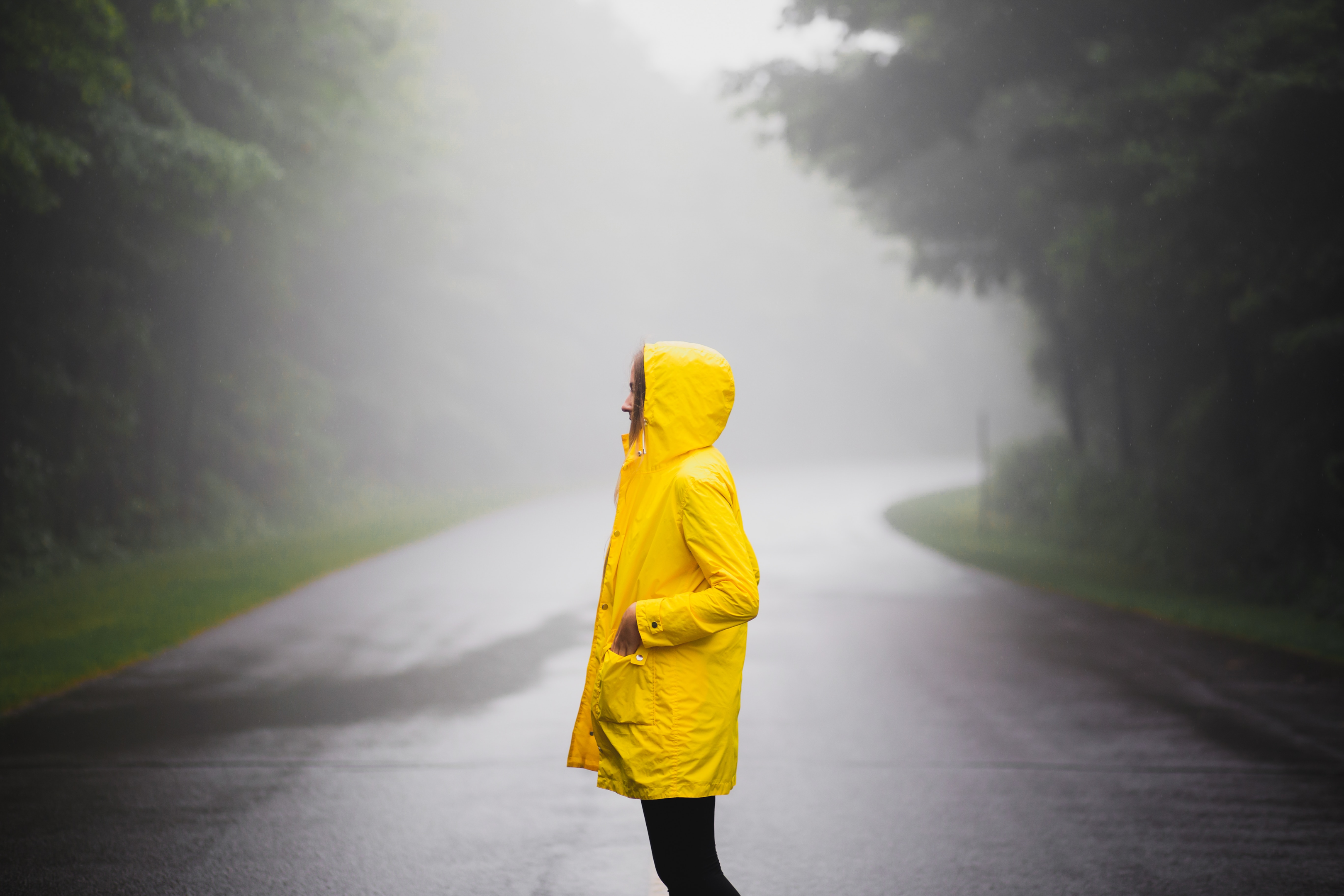
Step 7: Travel to the campsite:
Ensure that you have directions to the campsite and know the time it takes to get there. Plan for traffic or any other unforeseen delays. Usually drivers to camping sites take you through some beautiful places. Here is our list of the10 best roadtrips and camp out in the USA.

Step 8: Set up camp:
Setting up a tent camping site is an essential part of any tent camping trip. Here are some steps to follow to set up a comfortable and safe tent camping site:
Choose a suitable location: Look for a flat and dry area that is not too close to water sources or wildlife habitats. Ensure that the ground is free of rocks, roots, and other debris that could make sleeping uncomfortable. You do not want to end up sleeping on a rock or with your head bellow your feet on a slant (trust me).
Clear the site: Clear the site of any debris or vegetation, including rocks, branches, and leaves. This will help ensure a level surface for setting up your tent. The last thing you want to do is wake up in the clod pitch black night and discover you set your tent over a rock.
Pitch your tent: Follow the instructions that come with your tent to set it up properly. Make sure your tent is securely staked down and that the rainfly is properly attached to protect against rain and wind.
Set up your sleeping area: Once your tent is set up, it’s time to create a comfortable sleeping area. Lay down a tarp or groundsheet to protect against moisture and place your sleeping bag, air mattress or sleeping pad inside the tent.
Create a cooking area: Set up a cooking area away from your tent and sleeping area. Use a camping stove or grill to cook your meals, and make sure to follow fire safety guidelines.
Set up your campfire: If campfires are allowed in the area, choose a safe location away from trees and other vegetation, and clear a 10-foot radius around the fire pit. Build your fire with dry, small sticks, and twigs and never leave the fire unattended.
Create a seating area: Create a comfortable seating area with camping chairs or logs arranged around the campfire.
Store food and trash properly: Store food in a cooler or secure container to prevent wildlife from getting to it. Dispose of trash in designated bins or pack it out with you.
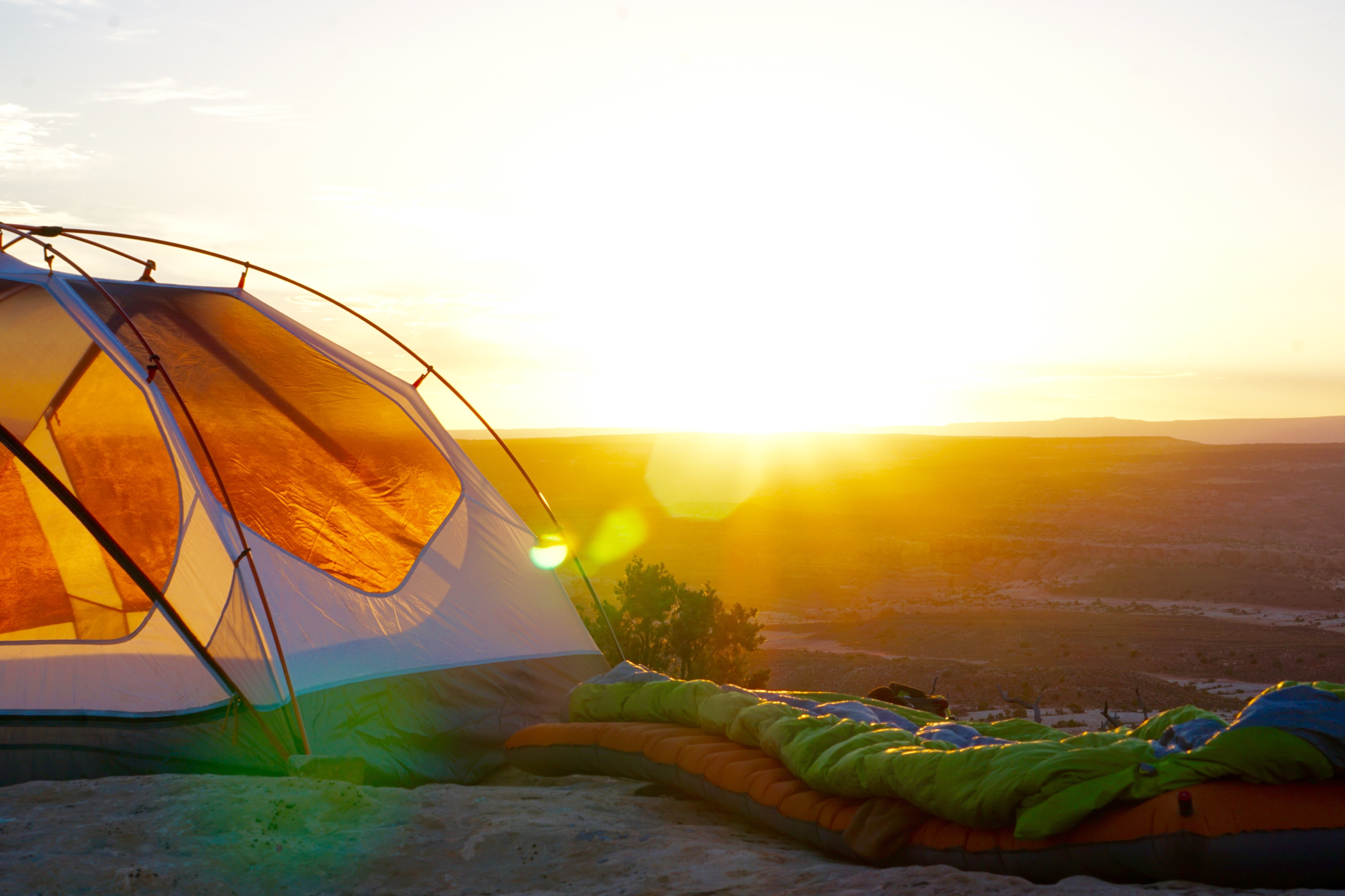
Step 9: Don’t Forget, Camping Clean-Up
When it comes to camping, it’s important to not only enjoy the great outdoors, but also to take care of the natural environment. Cleaning up a campsite is an essential part of camping checklist and of being a responsible camper. It helps to preserve the natural environment, ensures that the campsite is safe for other campers, and prevents wildlife from being attracted to human food and trash.
To clean up a campsite, the first step is to collect all trash and litter in and around the campsite. This includes food scraps toilet paper, wrappers, and cigarette butts. After collecting the trash, make sure to dispose of it properly by placing it in designated plastic bins or trash receptacles, if available. If not, pack it out with you and dispose of it in the proper trash bags or receptacles when you leave the campsite.
Next, clean up the fire pit if you had a campfire. Make sure the fire is completely extinguished and cold to the touch. Remove any remaining ashes and debris, and dispose of them properly.
Pack up all camping equipment, including tents, sleeping bags, and cooking gear. Leave the campsite as clean as you found it and respect wildlife by not feeding or approaching them. Leave natural items such as rocks, flowers, and plants where you found them. Do not cut branches or damage trees and other vegetation.
Follow the “Leave No Trace” principles, which are guidelines for minimizing your impact on the natural environment. By following these steps and being a responsible camper, you can help preserve the natural beauty of the wilderness and ensure that others can enjoy it as well.
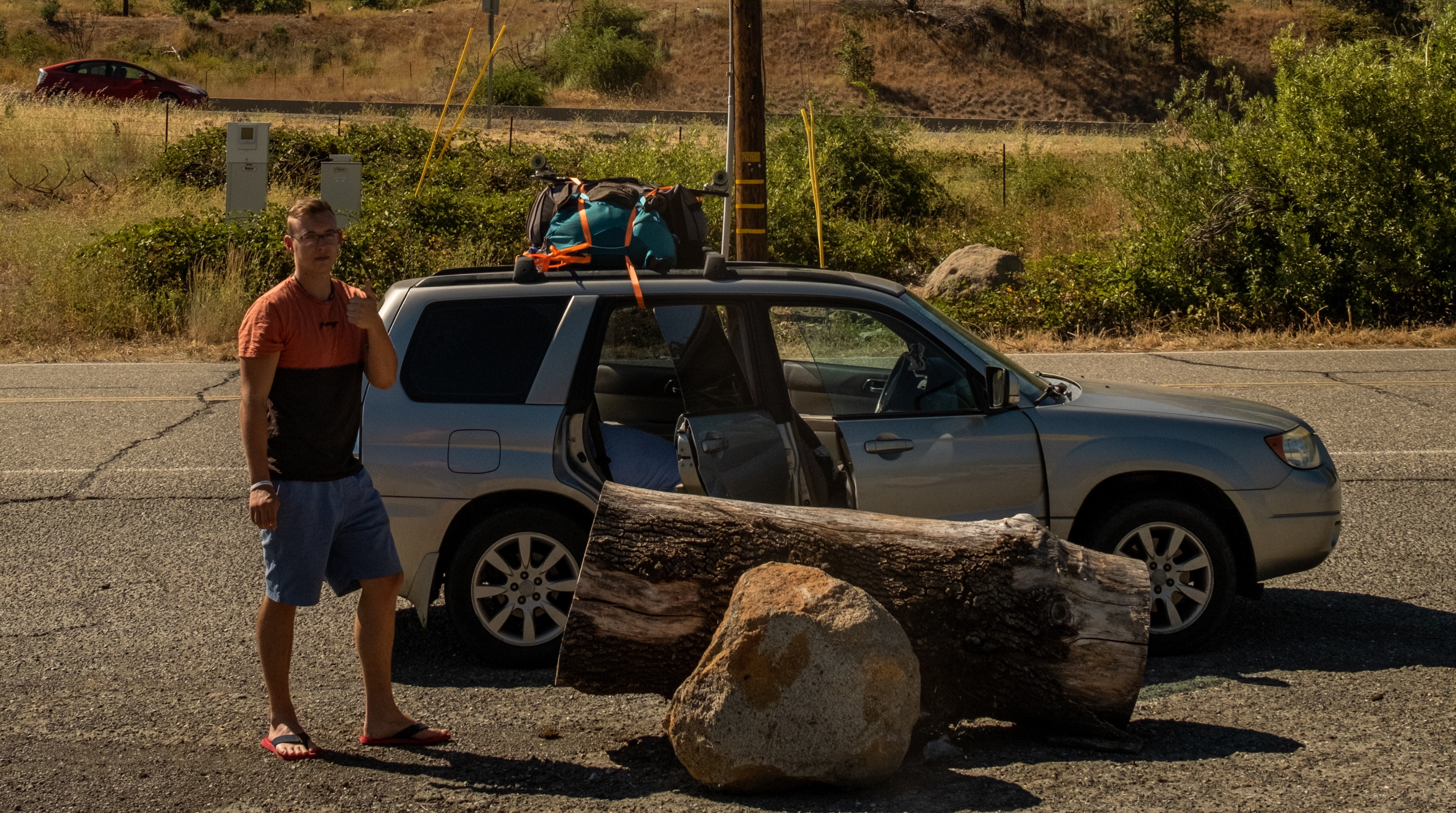
Step 10: Unloading and Unpacking at Home
Congrats on a successful trip. I like to say that the trip is not over until everything is unpacked and back to normal. You will be exhausted from a long and fun trip, but you will thank yourself for being proactive and unloading the car and cleaning up right away.
Unloading a car and sleeping bag and gear after a camping trip can be overwhelming, especially if you’ve accumulated a lot of gear, clothing items and supplies. Here are some steps to make the process more organized and efficient:
Start with the essentials: Begin by unloading the essentials first, such as your tent, sleeping bags, and cooking gear. These items are usually the bulkiest and should be taken out of the car first to free up space for the rest of your gear.
Sort your gear: Sort your gear into piles based on their use and where they belong, such as kitchen supplies, personal items, and recreational gear.
Check for damages: This is a quick step but as you’re unloading, check for any damages or wear and tear on your equipment. This will help you identify any items that need to be repaired or replaced before your next camping trip.
Clean and store gear: Do not skip this step! Clean and dry all your gear before storing it. Use bins or storage containers to keep your gear organized and prevent it from getting damaged. This way things are ready to go for your next trip.
Clean out the car and fill up the gas tank: This will reset your life to resume normal. You will have a full tank of gas and a clean car when you drive to work on Monday. There is something so refreshing in having a clean slate after a rejuvenating vacation.
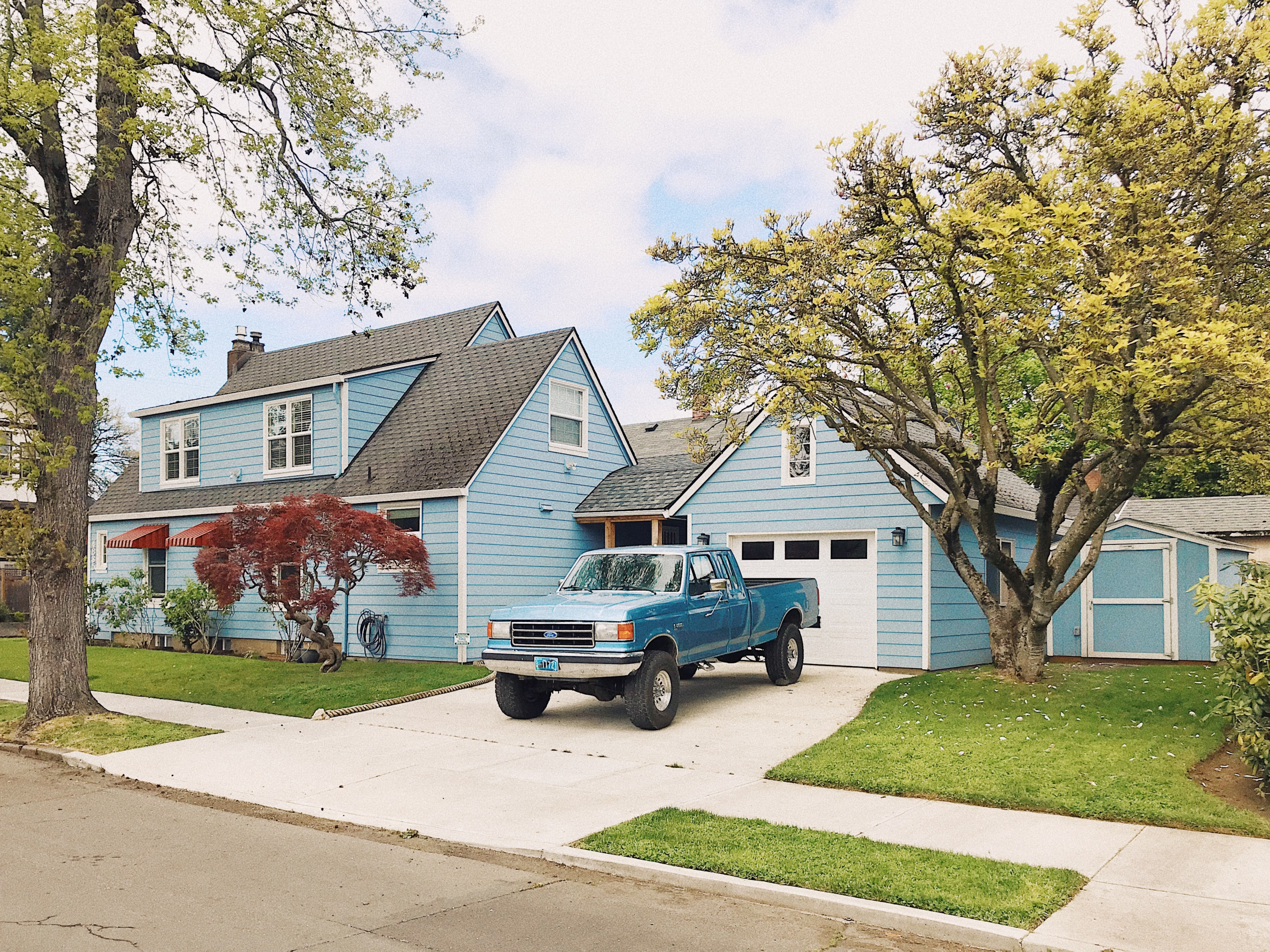
Conclusion
Congratulations on embarking on your first camping trip! You’re about to experience the beauty and wonder of the great outdoors. As you venture into the wilderness, you’ll create unforgettable memories that will last a lifetime. Remember to take things slowly and enjoy the simple pleasures that nature has to offer. Whether it’s listening to the sound of a babbling brook or gazing up at the starry night sky, take the time to savor every moment. While camping can be challenging at times, it’s also incredibly rewarding. So, stay safe, have fun, and good luck on your first outdoor adventure ever!
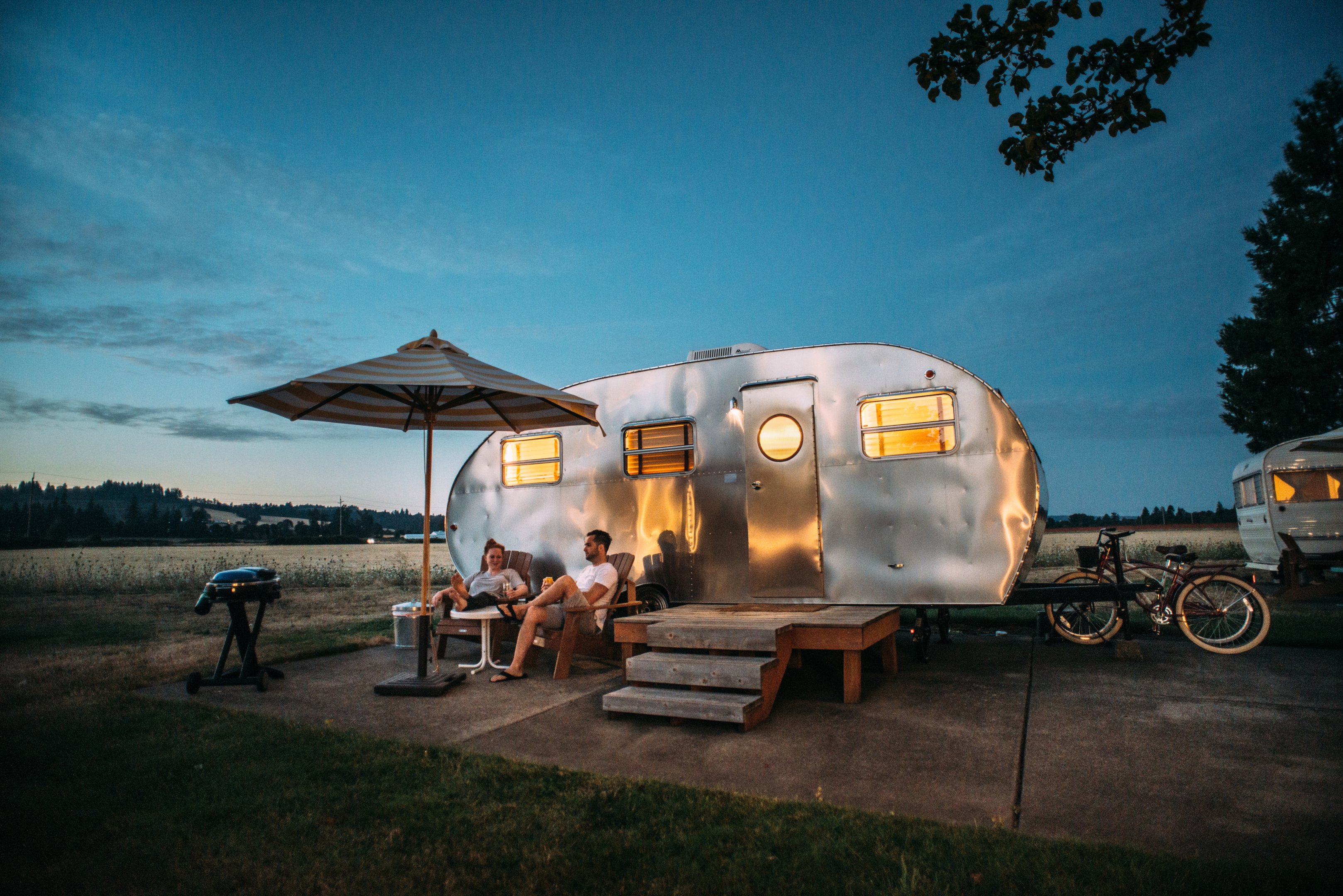
Bonus: Camping Safety Tips
Camping is a fun and rewarding outdoor activity, but it’s important to keep safety in mind to avoid accidents and enjoy the experience to the fullest. Here are some camping tips and safety tips to follow:
Know your limits: Plan activities that are appropriate for your fitness level and experience. Avoid taking unnecessary risks, especially when it comes to hiking, climbing, or swimming.
Set up camp in a safe location: Choose a campsite that is safe and secure, away from hazards such as steep drops, dead trees, or animal habitats.
Know how to use camping equipment: Before you head out, familiarize yourself with how to set up and use your camping equipment, including your tent, stove, and other gear.
Be cautious with fire: Build fires only in designated fire pits or fire rings, and never leave fires unattended. Always put out fires completely before leaving your campsite or going to sleep.
Keep food and trash secure: Store food and trash in bear-proof containers or hang them from trees away from your campsite to avoid attracting wildlife.
Be aware of wildlife: Keep a safe distance from wildlife, and never feed them. Make noise to alert bears and other animals to your presence, and carry bear spray as a precaution.
Have a first-aid kit: Bring a well-stocked first-aid kit and know how to use it in case of injuries or emergencies.
Let someone know your plans: Before you head out, let someone know your camping plans, including your expected route and return time.


